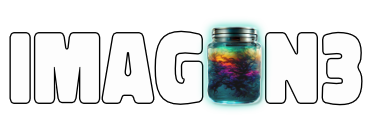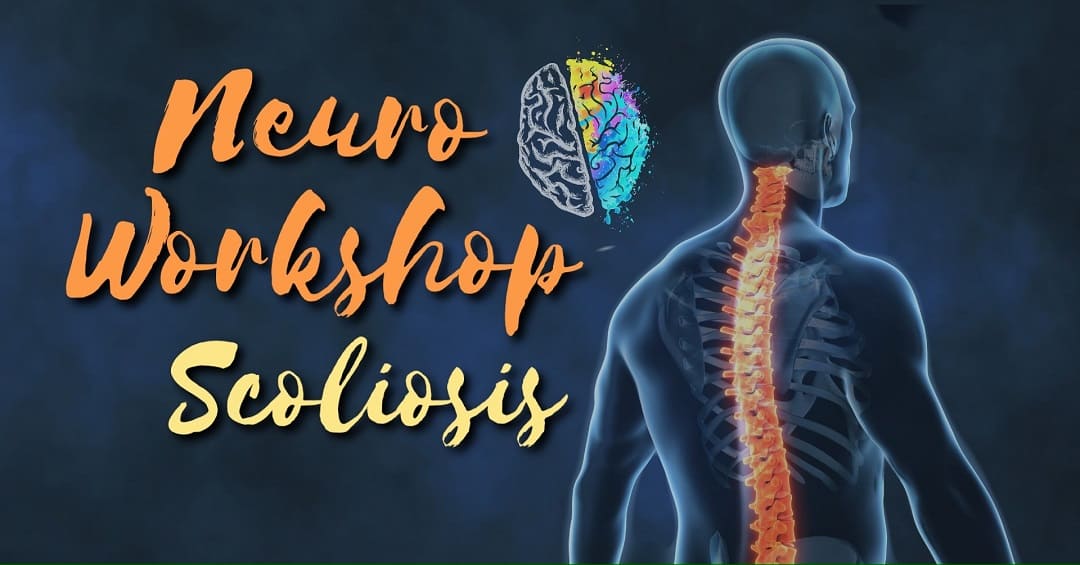About Course
The visual and vestibular systems play an important role in correcting the increased scoliosis curvature. This workshop will provide more detail on that as well as specific exercises to help the majority of individuals suffering from scoliosis.
Many people suffer from muscle imbalances. With scoliosis, we are referring to the vertebra in the spine. Anything that measures more than 10 degrees is considered scoliosis. Doctors may use the letters “C” and “S” to describe the curve of the backbone. Ninety percent of people with an S curve have the thoracic spine (upper back) shifted to the right and lumbar (low back) to the left.
Our bodies will naturally fall into those curves with gravity as well as the adaptation of muscles and the brain to keep us moving, but that does not mean that it is optimal or ideal.
Of those suffering from scoliosis, 86% also have vestibular issues (balance issues, vertigo, motion sickness, ear issues, dizziness, etc). This can usually also lead to visual impairments requiring corrective lenses or more.
This course will not just go into movements that are beneficial, but how to rehabilitate from the brain with vision and vestibular drills.
If you do not have scoliosis, but have an injury that has you imbalanced, any vestibular issues, spinal injuries, or more, you will also benefit from this course!
Course Content
Scoliosis and Imbalance Topics
-
Scoliosis and Imbalance Video
39:05
Student Ratings & Reviews




